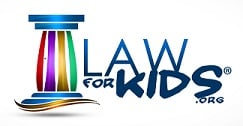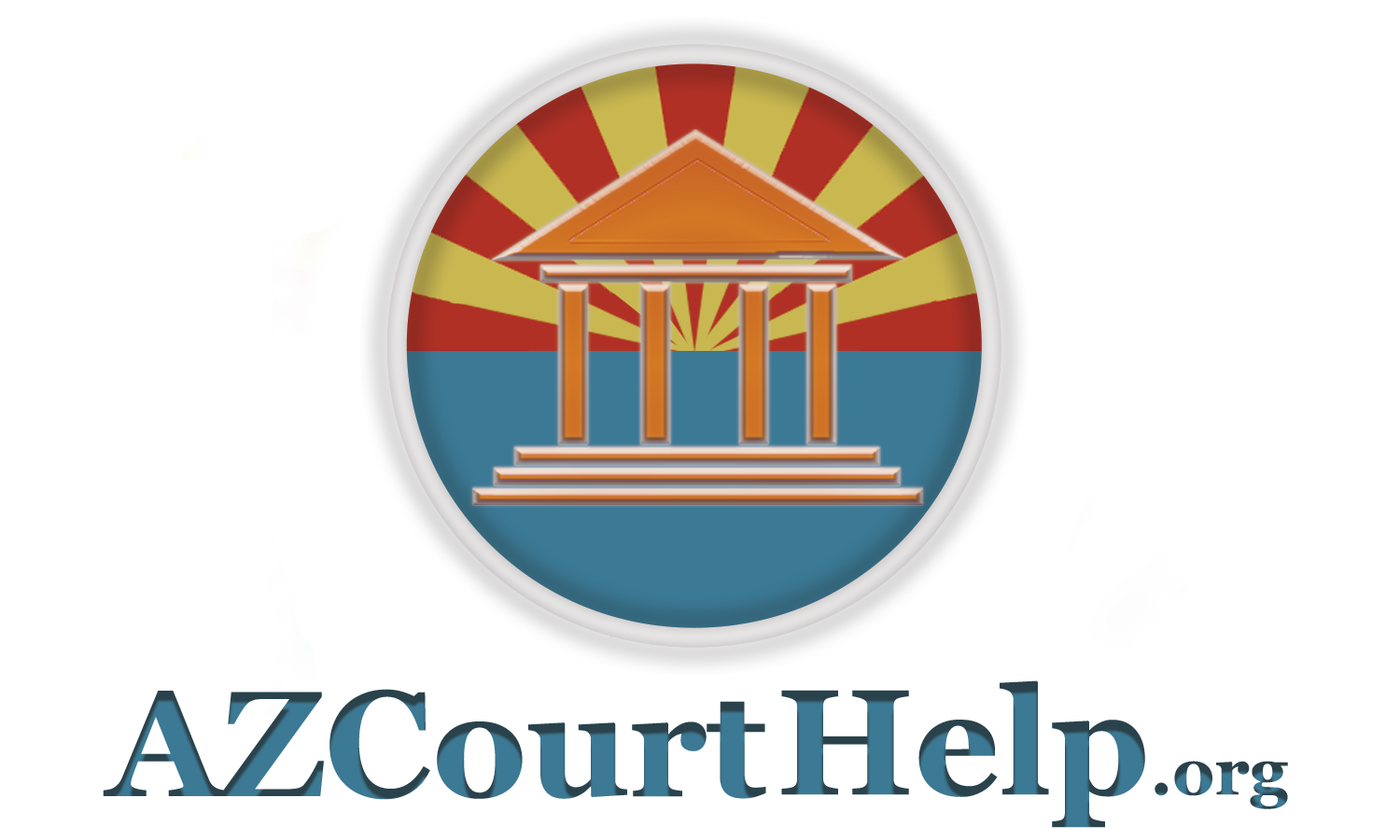Driving Article
Types of Automobile Insurance Coverage
When you buy car insurance you are confronted with numerous confusing choices. Every driver must have the mandatory minimum liability limits, but all other coverages are optional. Think of these coverages as “buckets.” Each coverage or bucket will cover a specific situation or category of damage. Here is a summary of the most common coverages:Liability. This is the central coverage that protects you if you were to cause an accident and found to be at fault, or “liable.” For example, if you hit a car because you were on your cell phone and the other driver suffered a head injury, you might be 100% responsible for all of his damages.
You have a choice on how much protection to purchase. The more protection you purchase, the higher your monthly premium. All drivers in Arizona are required to have policy limits of at least $15,000 / $30,000. What does that mean? Liability coverage is based on an amount per person limits and a total amount no matter how many people are involved. $15,000/$30,000 means that your policy will pay on your behalf up to $15,000 if the accident you cause injures one person. If the accident you cause injuries two or more people, your policy will pay up to $30,000 total.
What happens if the person you injured suffers severe injuries, is taken to the hospital or dies? If all you have is the minimum limits, the injured person could sue you and your spouse personally for the additional amounts. Since this is personal liability, everything you own could be at risk: your home, your personal property, money in your bank accounts, etc.
Given the high cost of medical treatment and the number of accidents on Arizona roads, you may want to consider buying more than the minimum policy limits. Insurance companies offer several different levels of liability coverage: $100,000 / $300,000 (up to $100,000 per person or $300,000 total if two or more people are injured). You may also want to consider an “umbrella policy,” which can protect you if the limits of your automobile insurance policy are not enough to pay for damage or injuries you cause.
Uninsured Motorist Coverage (“UM”) and Underinsured Motorist Coverage (“UIM”). The liability portion of your policy protects you from other people suing you. But what if someone hits you? How will you recover for your injuries or the injuries of your passengers? First and foremost, you can go after the person who caused the accident. If that driver was following Arizona law, he has at least $15,000 / $30,000 to cover his liability. But what if you are seriously injured and your medical bills are over $15,000? In that case, you can sue the other driver personally. However, the other driver may not have anything to collect, and you may be in for a long legal process if you decide to file a lawsuit.
Underinsured Motorist or UIM coverage is a part of your own policy that protects you if the other driver does not have enough insurance to cover your injuries. For example, assume you are hit by a driver who has only $15,000 in insurance coverage. You or your attorney are able to prove that you have suffered $65,000 in injuries (medical bills, pain and suffering, etc.) as a result of the accident. Luckily, you had decided to purchase $50,000 in UIM coverage. Here is how your recovery would work:
$15,000 to you from the other driver’s insurance.
+ $50,000 to you from your own insurance company (under the UIM coverage)
_________ = $65,000 total to you.
But what if you suffered $70,000 in injuries? You would not have coverage for the additional $5,000 and would have to sue the other driver personally.
Uninsured Motorist (“UM”) coverage. What happens if the person who hits you violated Arizona law and has no insurance, or did not pay his insurance premiums and had his policy cancelled? In that case, UIM does not apply. Instead, you would have to make a claim under your policy’s Uninsured Motorist (UM) coverage or attempt to sue the driver personally. It is not known how many uninsured or underinsured drivers are on Arizona roads, but you may want to consider protecting yourself by purchasing UM and UIM coverage.
Medical Payments (“Med Pay”). Medical payments is coverage for your medical expenses if you suffer an injury in an accident. If you do not have health insurance, it is important you consider buying this coverage because of the high price of medical treatment. Like UIM and UM, this is a coverage that protects you, not the other driver involved in the accident.
Property Damage, Comprehensive, and Collision Coverage. As we have seen, liability coverage is for damages you cause to people. There are three other coverage types that relate to damages to objects rather than people.
• Property Damage: coverage for damages you cause to objects or things. For example, if you drive into a house and do not injure anyone, your property damage coverage would pay for any damage done to the house. It will also pay for damage you do to someone else’s vehicle. It does not apply for damage to your own vehicle if you are responsible for the accident.
• Collision Coverage: this covers damage to your own vehicle, whether or not you are responsible for the accident. If you are not at fault for the accident, the other driver will likely end up paying for the damage to your vehicle (through the property damage coverage under their policy). If you do not purchase collision coverage and cause an accident, your insurance company will not pay you for the loss.
• Comprehensive Coverage: this covers damages to your vehicle that were not caused by a collision. This includes things like theft, vandalism, and objects falling onto your vehicle. If you do not purchase comprehensive coverage and your vehicle is stolen, your insurance company will not pay you for the loss. Many lenders and leasing companies require you to maintain comprehensive coverage in order to protect their interest in your vehicle.
Repairs and Total Loss. What happens when vehicles are damaged? Insurance companies have property damage departments to take care of claims involving physical damage. In general, you have the right to have your car towed to the repair shop of your choice. However, you should check whether your repair shop will work with the other driver’s insurance or your insurance (if you have collision coverage). Assuming that you did not cause the accident, the other insurance company has the right to send a property adjuster to look at your vehicle and give an estimate of the damage. If you do not agree with the property adjuster’s evaluation, you can have your own insurance company send its adjuster to issue an estimate (if you have collision coverage).
When a vehicle is so severely damaged that the repairs would cost more than X% of its total value, it will likely to be “totaled” that is, deemed a “total loss.” Most insurance companies will refer the matter to a total loss department. They will come up with a value for your vehicle after determining what it was worth before the accident. They will take the following items into account: make and model, mileage, condition, options on the car. If you put on new tires or installed additional equipment (e.g., a stereo system) before the accident, you may be able to negotiate for a higher valuation. Vehicle evaluations can be complicated so if you disagree, you may want to consider hiring an attorney to advise you. Some attorneys will not charge to discuss this issue with you.
Most insurance companies will give you two options when it comes to a totaled vehicle: (1) they can pay you the full amount of their valuation (if you have a lien on the vehicle they will pay off the lien and send you a check for the difference), or (2) they will let you keep the vehicle with a salvage title and pay you the difference between the value of the vehicle and the “salvage value” of the vehicle. In some cases, a totaled car may still be safe to drive. In that case, you may receive more value by choosing the second option.
Please keep in mind that your insurance policy is governed not only by state law, but also by the terms and conditions of the policy itself, which is considered a contract between you and the insurance company. For this reason, insurance policies can be very different and can contain exclusions for certain situations. This is why it is important to carefully review your policy and any exclusions or amendments before making a claim. You are entitled to a copy of your insurance policy and your declaration page, which will summarize the types of insurance coverage that you have.
This article is intended for informational purposes only and does not constitute legal advice or establish an attorney/client relationship.
Contributing Attorney: Sam Saks. Sam is the founder of Legal Aid of Arizona and a partner at the law firm of Guidant Law
Comments:
QUESTIONS
-
ca the police ask to see the keys to the vehicle you are driving and then refuse to give them back, because you borrowed the car and it's not in your name , because it's a friends
-
I got charged with a criminal speeding as a passenger what I’m I able to do and what can happen?
-
I'm 17 and my dad took my car away. Yes, he bought the car and paid off the insurance but the car is under my name. He got cocky with me last night and threatened to sell my car but its under MY NAME. What are my rights, can I take him to court, or call the cops and make them make him give me the keys ?
-
My car was stolen from my daughter's yard. Insurance trying to deny claim and say she was a regular driver as satellite pix show car at her address.. I'm there alot to watch kids. Can they deny on these grounds even tho it has nothing to do with theft of my car?
-
I got a DUI in 2006. I did all of my required assignments, but I was ordered a blower in my car. This was not a law at the time. I have gotten my Associates Degree in Criminal Science, and my Bachelors Degree in Criminal Justice. Unfortunately, they all seem to require a valid AZ DL. I can't afford a car and a blower without a job, and I can't get a job without a valid AZ DL. I want to see if I can try and get the order reversed by the Glendale Court Judge, as MVD has declined my request. Is this possible, and how do I go about it if it is?
STORIES
LegalLEARN
-
Free & Reduced Fees Legal Aid Resources
Click Here to apply online, or call
866-637-5341.
FIND LEGAL HELP
- Please select your county of residence below.
OTHER LEGAL RESOURCES
-
State Bar of Arizona
www.azbar.org -
Maricopa County Bar
www.maricopabar.org
Referral number 602-257-4434 -
Pima County Bar
www.pimacountybar.org
Referral number 520-623-4625 -
National Domestic Violence Hotline
800-799-7233 -
Bankruptcy Court Self Help Center
866-553-0893 -
Certified Legal Document Preparer Program
Link
ORGANIZATIONS
- Arizona Center for Disability Law - Tucson
View full description - Community Legal Services - Statewide Farmworker Program
View full description - Quilt Modest Means Program
View full description - Arizona Community Action Association
View full description - Community Legal Services - Central Office
View full description




